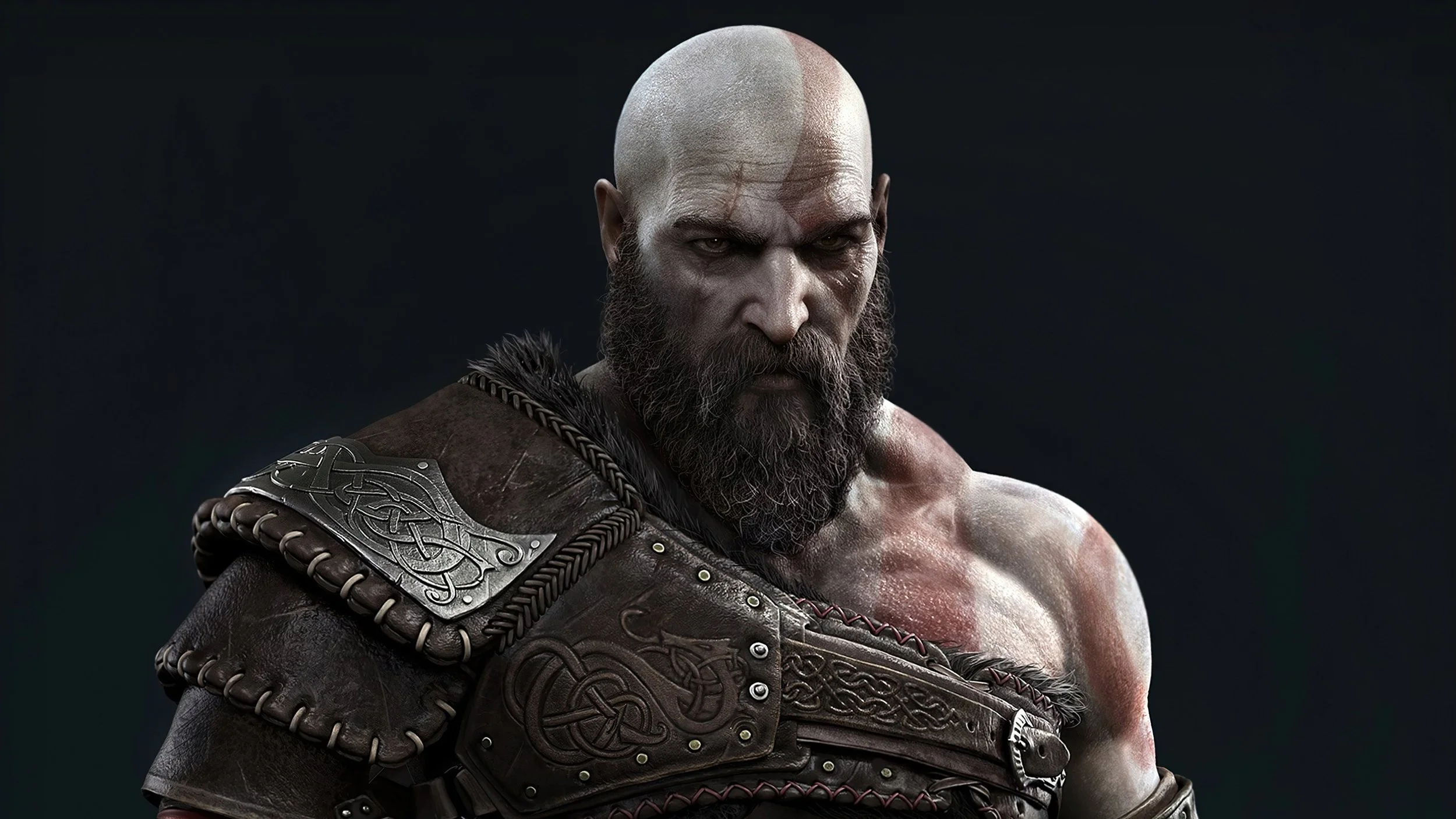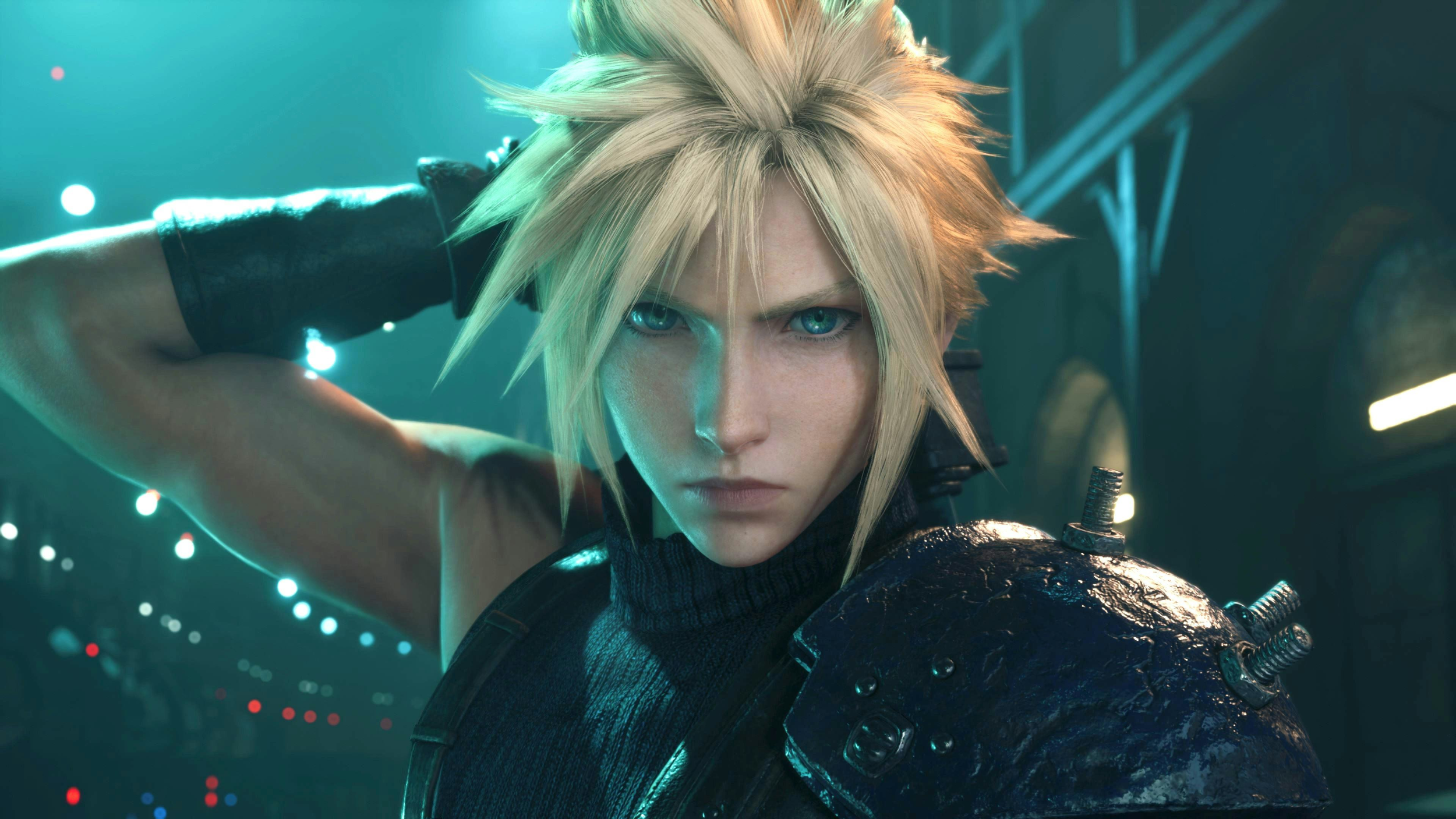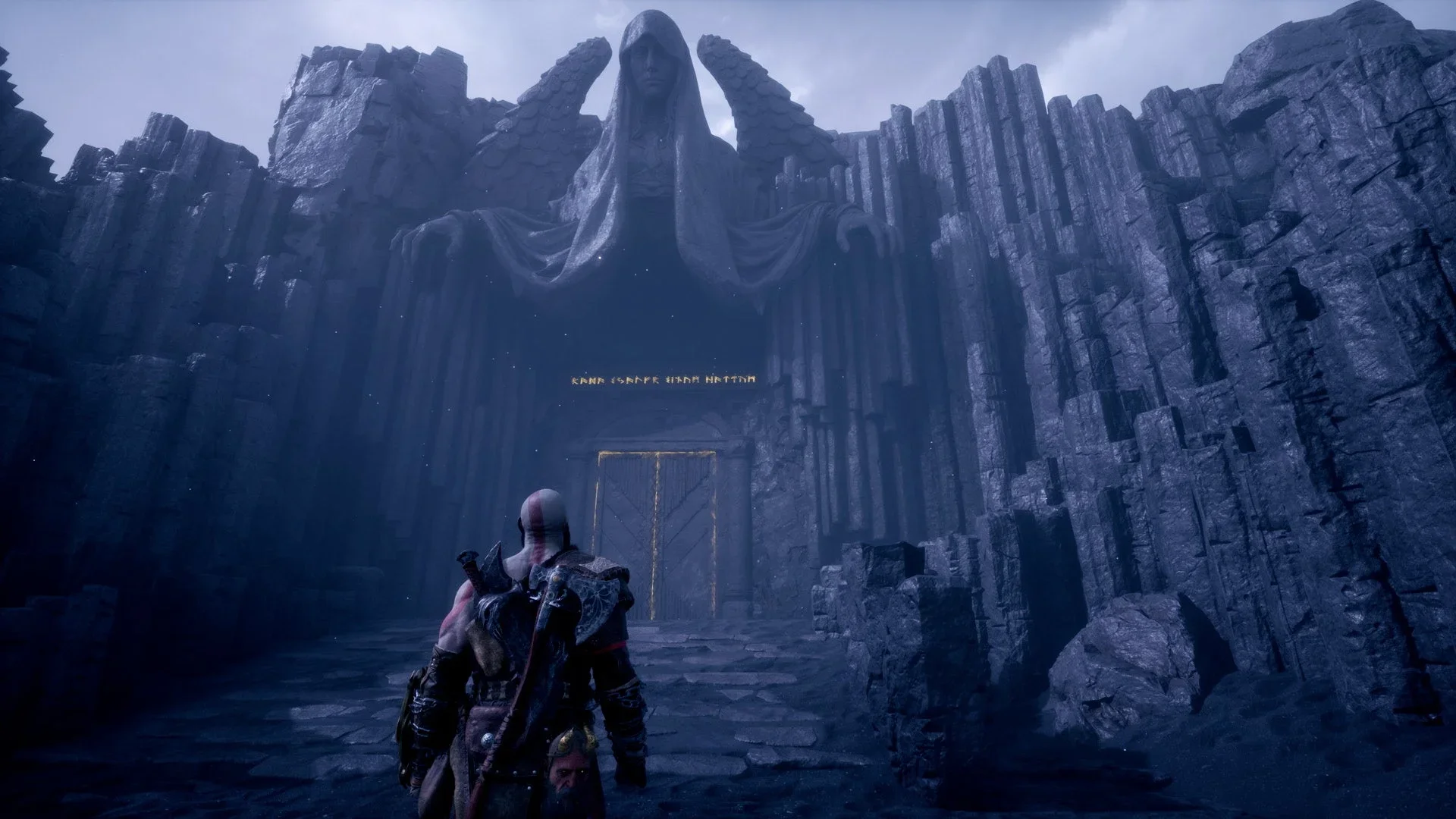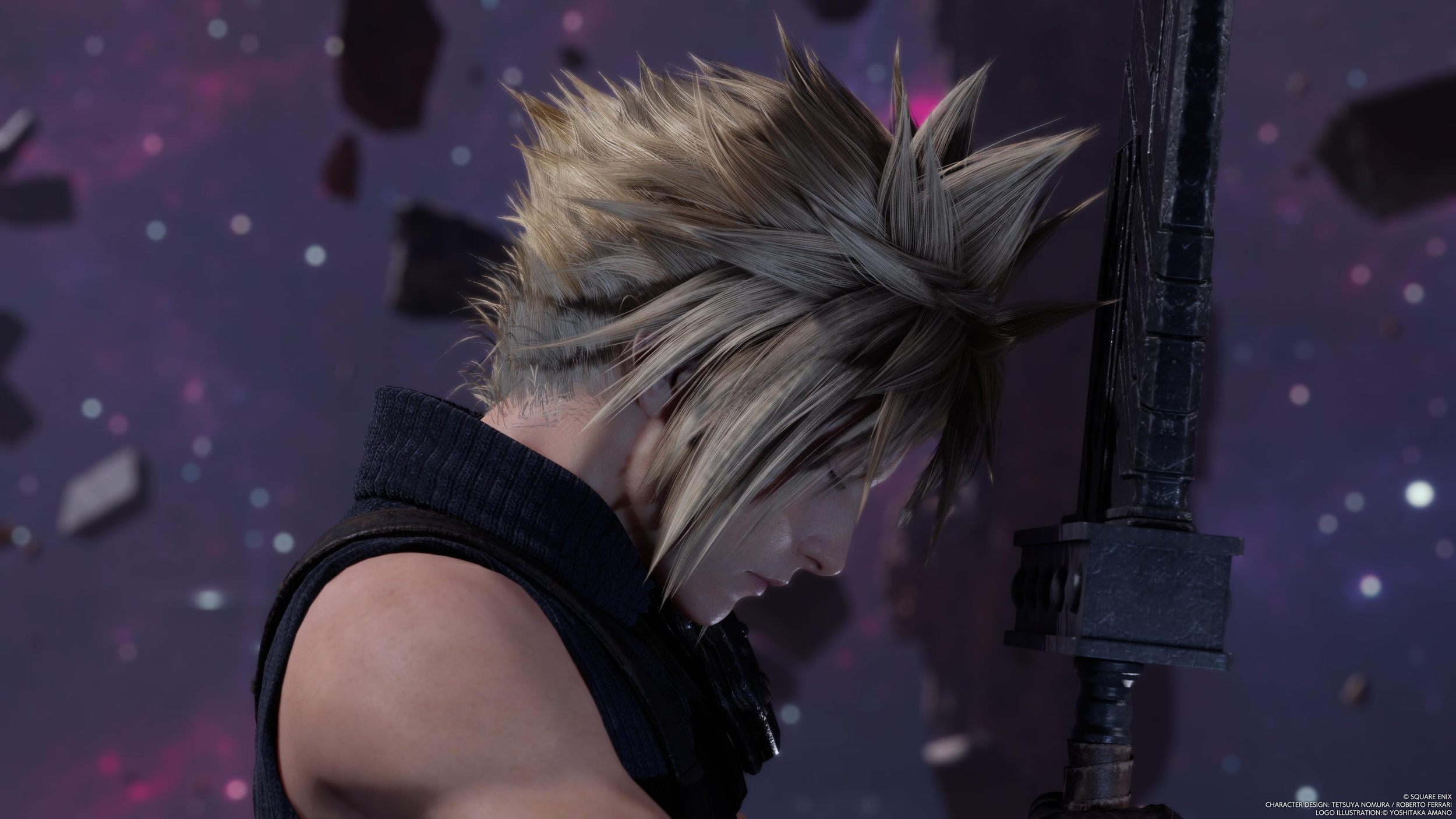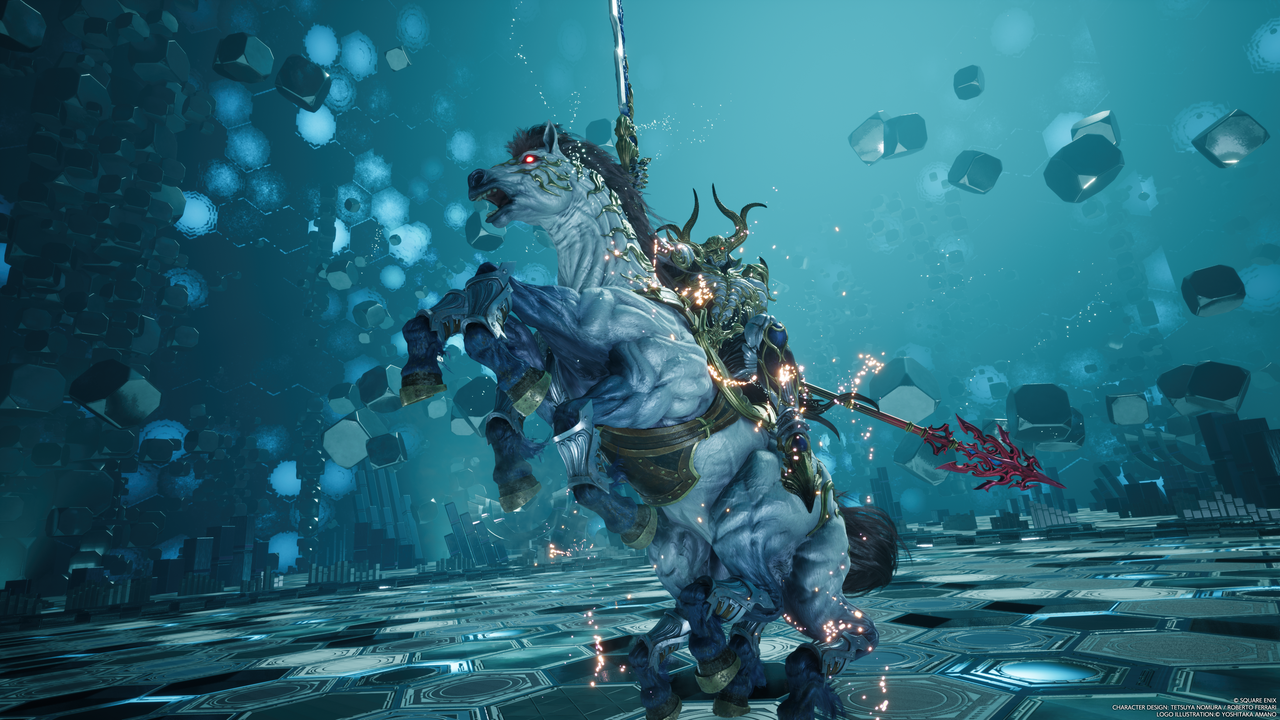Screenplay: Cloud Meets Kratos in Valhalla
This exercise let me bring my two favorite characters together for a unique narrative scenario. I built the scenario step by step, starting with research into their voices and histories, moving through early drafts, and refining my work with feedback from peers and a senior narrative designer until the idea felt natural.
Sections Below:
Inspiration: Building a crossover scenario rooted in God of War Ragnarök’s Valhalla DLC and Final Fantasy VII mythology.
Research: Dialogue study from Final Fantasy VII Remake/Rebirth and God of War Ragnarök, plus character analysis of Kratos, Cloud, and Mimir.
First Draft: Establishing the scene, dialogue, tension, and narrative purpose behind the “door” metaphor.
Feedback: Notes from peers and a senior writer on character voice, grammar, gameplay anchoring, and narrative justification.
Second Rewrite: Adjustments for clarity, grammar, visual direction, and gameplay alignment.
Final Reflection: Lessons learned on writing precision, balancing creativity with development needs, and using feedback to improve.
👉 Use the sidebar navigation to jump quickly to any section of the page.
Finding Inspiration
This exercise left me open to limitless possibilities, a daunting starting point. I knew I wanted to create a scenario that would have narrative weight but an organic touch to it. While parsing through characters that left an impact on me, Kratos entered my mind. He’s a perfect example of a narrative juggernaut because of his numerous stories and two unique character iterations that I could draw from for inspiration. Following that thought, the word “SOLDIER” popped into my head, which led me to the character Cloud Strife from Final Fantasy VII. A very distraught character who has a range of emotions I could tap into but also the same reserved dialogue tempo as Kratos. Which would be interesting to test in their back and forth.
After considering their iterations from my memory, I found a through-line that would make sense for both of them,rooted in internal lore and inspirations found within Final Fantasy VII mythology — that being of Norse origin. I asked What if Final Fantasy VII had a Valhalla-like God of War Ragnarök DLC? Kratos used Valhalla as a therapeutic sanctuary where he could release his frustrations of old memories. At the end of the God of War Ragnarök: Valhalla DLC, there’s a door that Kratos enters and changes as a character, but only after he’s ready for that necessary evolution as a person. Cloud could use that therapeutic process as a character who suffers from reliving memories and trauma. That’s when I knew I had the perfect scenario brewing. Kratos is refusing to let Cloud through this door because he realizes Cloud still is not ready.
With the characters determined, I needed to accomplish two research points before moving to the first version. Once I identify which version of Cloud I will use, there are many iterations of Cloud over his twenty plus year history in multiform media. When picking Cloud, I must also consider his mental state in this hypothetical situation like this as he will have wildly different interpretations and responses. To replicate the talented dialogue of the writers of the characters.
After thinking about the journey Kratos takes in Valhalla, it was after he defeated Odin in the base game of God of War Ragnarök. With that in mind, I thought about Cloud’s journey after his game, which takes place in the movie called Final Fantasy VII: Advent Children. Cloud is still dealing with the loss of friends, family and reconciling with his true identity. This would make for a perfect Cloud, but I don’t think a piece of media made back in 2005 would be the best to learn dialogue choices as the character has been part of a remake series since 2020. Thankfully, I was in luck. I remembered an article I read from GamesRadar [Click Here For Article] where the original writer Yoshinori Kitase says the remake project would link to the 2005 movie Final Fantasy VII: Advent Children. Which means I can use the remake series dialogue as a point of reference for speech patterns but allude to the movie resulting from this exchange between Cloud and Kratos, which let me put this problem to rest.
Research
Now, to deal with the actual dialogue replications. For Kratos, I revisited the DLC cut-scenes. I could find a super cut of all the cut-scenes from the DLC. I rewatched sections to capture Kratos’ voice. Which led to an unexpected conundrum I ran into—Mimir. Mimir is a decapitated head who hangs on Kratos belt since the 2018 God of War game. He’s a major part of the series since he’s introduction. I didn’t consider including him originally, but now I pondered whether I should. If I added Mimir to this scenario, it would allow me to use him as an exposition tool if I needed. It would also let me add a tonal shift if necessary. So I pivoted and added Mimir to the scene and searched his voice lines as another research tool.
For Cloud, I used Final Fantasy VII: Rebirth as the backbone of dialogue choices as the game is very fresh and contains enough dialogue to capture the full range of emotions I may need to utilize depending on where my pen goes. I used this pure dialogue line video and then I used this no commentary playlist to analyze specific scenes that might also assist me.
First Iteration
On my first version, my goal was to capture the idea that Cloud was not ready to enter the door in which Kratos stands in front of. That door holds memories and hatred he still has to work through. I tried to stage the scenario similarly to how Kratos enters the arena when he first discovers this door in his DLC. I added a small line about fog and destroyed architecture to set the environment. Making it feel mysterious for the player. I tried cleverly to steer the conversation in a way that would automatically make Kratos not see Cloud as a threat by having Cloud mention he had fought and taken down other gods. In Cloud’s universe they are referred to as summons, but in Kratos world it would make sense through a connective thread from a character named Tyr and his relationship with these gods. I used Mimir to help fill any exposition gaps to inform the reader may have while reading.
I wanted Kratos to question Cloud’s presence in this liminal space and force Cloud to expose that he’s still chasing his story antagonist Sephiroth, and senses him behind the door. I thought this would be a good way to let Kratos share wise words, an important part of his character, his mentorship. Cloud attempts to show the need for the destruction of memories that bring about pain. Kratos is against that notion because he understands the value of a hard-fought lesson and self-forgiveness.
Feedback
Three game writers provided feedback on the first write of the screenplay. Two writers who would be junior to mid-level narrative roles and one writer who operates in a senior-level role. This let me get a good grasp of how my peers would view my work and how superiors would view it.
Peer #1
He considered the script to be good. He loved the fact that I could find the distinct voice of these characters; the lines were spot on to how they would talk. From his perspective, the scene featured Cloud in the driver’s seat, embodying his desires, and he appreciated my use of Kratos and Mimir as foils. On the negative side, he mentioned that my grammar mistakes took him out of the experience. He also asked if there were any previous gameplay scenarios I could add to give additional context to the scene.
Peer #2
My second peer found the premise interesting and a solid attempt at fitting such a complex narrative in only 3 tight pages. Peer #2 leaned to the curious side. For a team working to build this cutscene, he asked about the potential implementation. He was concerned if I gave enough for a VO team to work with in terms of direction. He then echoed thoughts about a gameplay scene blurb on the front page to help anchor the text. On a positive last note, the second peer appreciated the world justification. He believed the narrative through-line I found and that an audience could easily buy into it.
Senior #1
The senior developer feedback was intense, which I loved because it felt like tough love you get from someone who cares about your growth. They started off the feedback echoing peer #2 comment about world justification, calling it very organic. They then followed up, commenting the same thing as peer #1 and #2 about the gameplay direction, its lack of having any. Commenting on the fact that just because you have a traditionally third-person action game character, it does not automatically mean the game is third person as well. They pressed on this further, asking who the player piloted during this experience. The lack of direction for the development team left them wanting me to push more and provide useful details. The senior developer mentioned peer #1 concerns about grammar but also pointed out how I had written in a way that had created two problems. One, the grammar was off, which wasted space. Two, I wrote in a way that items such as the Buster Sword became redundant and non-descriptive to those who have never experienced Final Fantasy VII. The senior developer highlighted what my peers mentioned but gave much more depth on why it’s bad and options I could take to rectify all these mistakes.
Second Iteration
After taking some time to process the feedback, I reread my work several times. Highlighting my mistakes and then attacking the problems one by one.
Added a title page, which gives the reader a narrative position and gameplay anchor point to the scene we will be reading.
Added camera shots at the beginning to find a clearer position of the world for environmental designers to fill in.
Removed unnecessary words or phrases that move the plot forward. The overuse of the word “Buster Sword” as an example.
Added small phrasing adjustments and cut out information that doesn’t help the development team or the player understand the point of this scene.
Added new lines at the end to push more on the poetic side to potentially provide hope for the player and cleared up visuals for the animation team.
Fixed tense issues that existed because of poor grammar on the first write.
Added follow-up gameplay ideas for the game design team.
Final Thoughts
This was a fun exercise; it let me tap into my creative side and let me explore characters that are cherished in video games. I believe my core idea is great and how natural the writing felt when I was working on it. The feedback that I received on the first write helped me realize to focus not only on the narrative implications but the development team’s needs, as they could run into problems with my ideas. It also should be how I need to be more effective with every word. I cannot allow small grammar mistakes and poor imagery to take up the precious amount of lines needed to make an impact.








